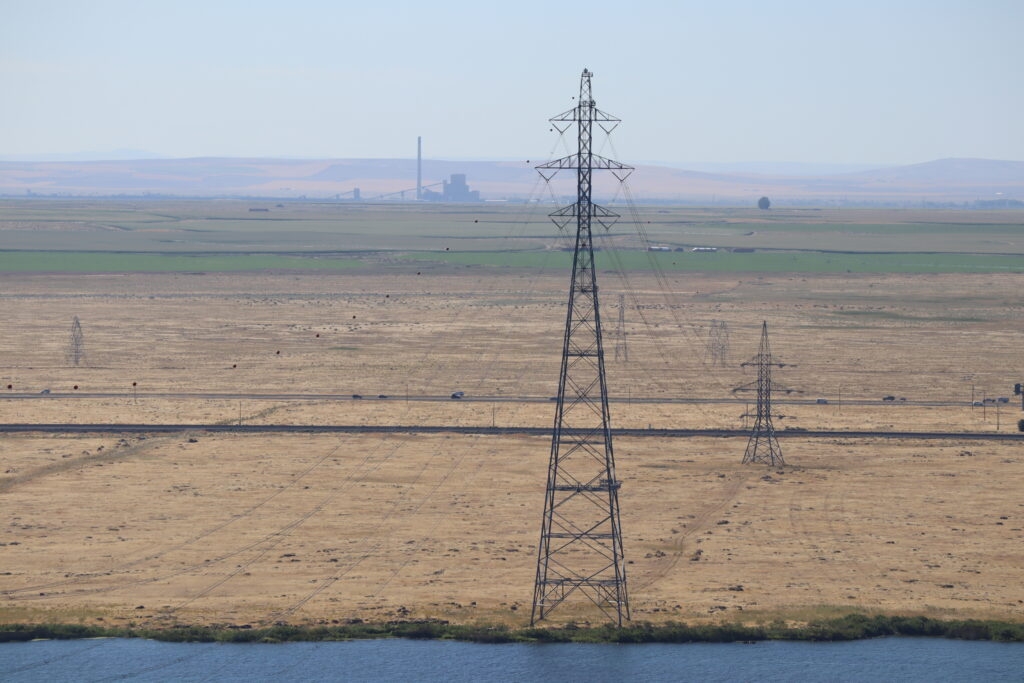

Published on: 11/13/2025
This news was posted by Oregon Today News
Description
As the federal government begins to reopen after being shut down for 43 days, tens of thousands of Oregonians are still at risk of not receiving federal funding in time to help pay their energy bills.
The U.S. Department of Health and Human Services, which funds the low-income home energy assistance program, or LIHEAP, has yet to issue the annual federal funding to Oregon. Funds are usually released ahead of the coldest winter months.
The program helps qualified Oregonians pay energy bills and retrofit homes with energy efficiency appliances. The program also helps people better insulate homes to stop air leaks to help save on energy bills. It’s been halted since Oct. 1 due to the federal government shutdown.
As of Thursday, Oregon Housing and Community Services, which distributes the payments, said it has not heard when funding should arrive.
“It’s very dangerous,” Oregon Citizens’ Utility Board Sarah Wochele said. “Many of these low-income households, even with this assistance like LIHEAP, are already generally at best meeting 20% of the need. So when we lose that, that’s going to have devastating and cascading impacts for households in winter.”
Last year, Oregon received $41.7 million in LIHEAP funding, which was distributed to more than 114,000 Oregonians.
This year’s funding isn’t expected to land in Oregon quickly.
Further delay could have ripple effects for the state’s most vulnerable residents, especially as weather experts say this year’s weather is expected to be much cooler in the Pacific Northwest due to La Niña weather patterns. NW Natural gas customers also saw a 5% bill hike starting in November.
Wochele said her organization, a consumer advocacy group, has heard from households that have set their thermostats to “unhealthy and uncomfortable temperatures” in the winter to help save money. Some have resorted to wearing winter coats inside their homes.
“What we’re going to see is that energy security and energy affordability is going to continue to worsen and become less attainable,” she said. “It’s putting already struggling families at higher risk, in higher risk situations and it will increase energy-limiting behaviors.”
It is not clear when Oregon will receive the delayed federal funding, Wochele said, estimating it could be sometime in the new year. People would still need to apply for the funds and wait an estimated 30 days to receive that money.
Last year, Oregon saw a record number of households disconnected for nonpayment of electric and gas utilities.
According to Oregon Housing and Community Services data covering 2023 and 2024, nearly half of the program’s funding was issued during the coldest months of the year.
Through LIHEAP, people can apply for either a crisis payment for sudden life disruptions that could result in a utility shutoff, a prevention payment to avoid getting behind on bills or a restore payment to help get the power turned back on after disconnection.
According to the OHCS data last year, 90% of the funding went toward households at risk of being shut off by their utility, with about 70% going toward renters.
Lauren Kolojejchick-Kotch, utility policy manager for the Community Action Partnership of Oregon, which helps distribute the money for the state, said the program is simply at a standstill right now.
“We just don’t have the resources available and are just kind of waiting to even process applications for very vulnerable households that are now at increasing risk of utility disconnection going into the winter,” she said.
Some of those households may include people who also rely on Supplemental Nutrition Assistance Program benefits that the shutdown delayed. Those Oregonians may have been making difficult choices between paying for food or electricity over the past 43 days, she said.
Kolojejchick-Kotch said households most at risk are those that still use oil, wood and propane to heat their homes. Those types of fuel need to be bought in bulk purchases at the start of winter, typically.
According to the Oregon Department of Energy, 8% of the state’s population still uses these bulk fuels to heat their homes.
“If agencies have someone who comes in their door that primarily uses propane or oil or wood and they’re needing a bulk fuel payment, that is not available,” she said.
Kolojejchick-Kotch said the state and lawmakers need to work together to address the growing needs and what can be done to avoid disconnections for nonpayment until the federal money arrives.
Last week, 18 Oregon lawmakers sent a letter to the Oregon Public Utility Commission, requesting utilities halt disconnections for households impacted by the federal government shutdown. For now, Portland General Electric, Pacific Power and NW Natural will halt shutoffs through the end of the year for income-qualified and medically vulnerable customers.
Washington state, which also hasn’t received the funding, set aside about $36 million of leftover funds from the previous year to help its residents through early February.
News Source : https://www.opb.org/article/2025/11/13/federal-government-shutdown-oregon-utilities-heat/
Other Related News
11/13/2025
The road to the Nevada 5A Open State Championship runs through Las Vegas this Friday night...
11/13/2025
Some of the top basketball players in the nation will descend upon Salem this December for...
11/13/2025
The sheriffs office said the system was effective while privacy advocates who opposed it f...
11/13/2025
Downtown Coos Bay is getting ready for the holidays Busy little elves also known as Public...
11/13/2025












